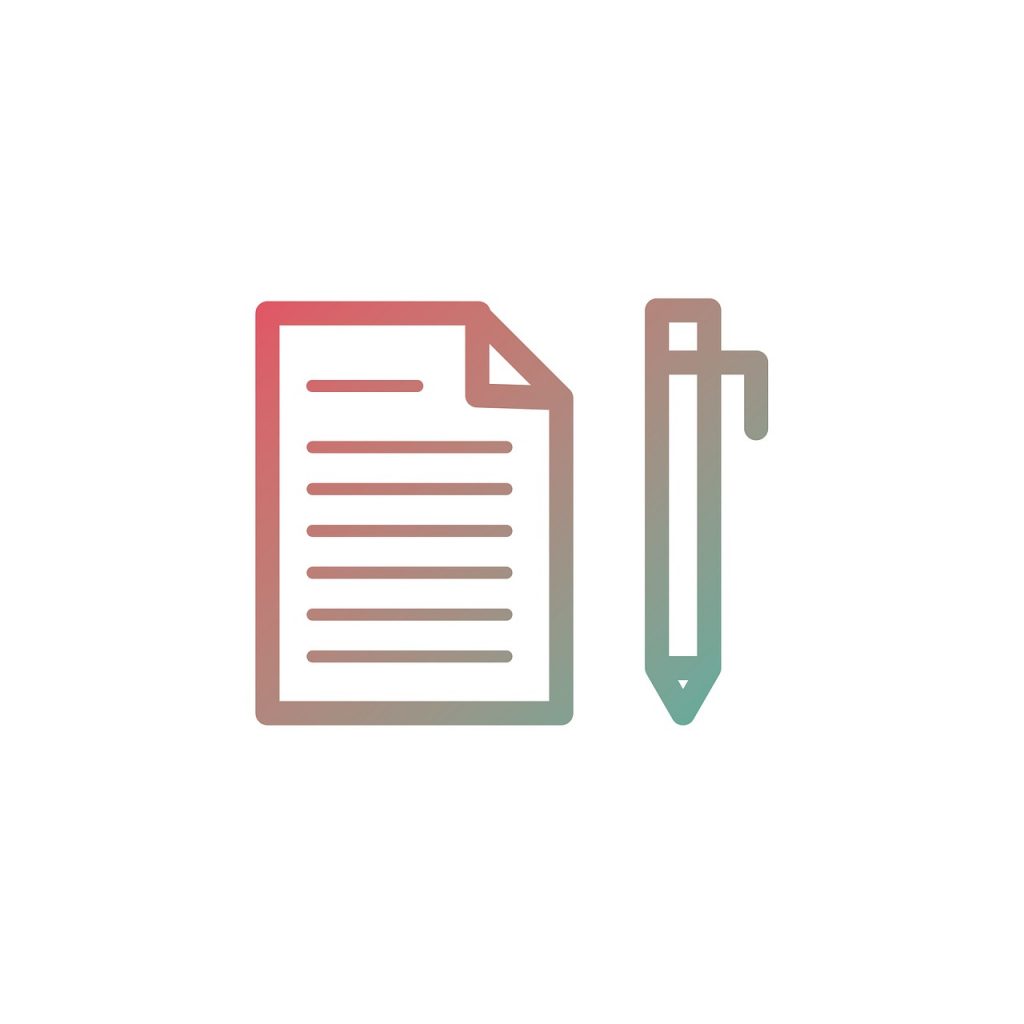Business Requirements Gathering Methods
By: Ciopages Staff Writer
Updated on: Feb 25, 2023

The business requirements gathering methods are a dime a dozen, and there is no universal answer to what is right. It is par for the course, and different strokes for different folks. It depends on the SDLC methodology, the type of project, the level of complexity, whether it is buying or building, and other issues. A business requirement is the comprehensive detail of business activity and interactions. These features are necessary for the fulfillment of the IT enablement of business functionality. Business requirements gathering is a significant and integral part of building an optimal solution. The appropriate business requirements gathering methods depends on the project you are working.
Let’s look at some of the well-known business requirements gathering methods.
Business requirements gathering methods
Brainstorming
Brainstorming is a simple way to gather requirements. Subject matter experts gather in a room with project team members and start brainstorming about ideas – good, bad or indifferent. While this works for greenfield product development, the efficacy for other types of projects is questionable. There are several brainstorming techniques.
One on One Interviews
One of the easiest ways for requirement gathering is to ask the users what they need. The task of the business analysts is to help business find a solution for the problem. It is better to plan the interview, so you know what you are looking for. What you must do is first ask open-ended questions. Once the user starts talking, ask the questions that will expose the requirements.
Group Interviews
Another great way to gather requirement is through group interviews. This technique is like one on one interview. The only difference is that in group interview more than one person is being interviewed. You can benefit from group interviews if everyone is on the same level. You must be more prepared when conducting a group interview. If the team is focused, you will gather requirement in a shorter span of time.
Questionnaires
Questionnaires is another possible way to gather requirements. They are ideal for gathering requirements from hundreds of people in a compressed period. You must make sure the questions are structured correctly. Using open-ended questions is good.
Workshops
One of the business requirements methods is having facilitated sessions. In this, you gather a group of people for a common purpose. This technique is best for gathering requirements that are common. By conducting workshops or conferences, you can gather requirement faster.
Joint Application Development
Another good technique is Joint Application Development. These are just like the facilitated sessions but with a slight difference. The session is not over until the objectives are met.
Prototyping
Prototyping is an easy way to gather requirements. The project team compiles the requirements and creates a clickable prototype of the product. Then the users can see the concept in action and be able to provide constructive feedback.
Use Cases
Use Cases are another way to define business requirements. It can be simple or complex, depending on the depth of information being sought. Many a time, teams focus on the “happy path, ” and that leads to a lot of unhappy outcomes.
Irrespective of which business requirement gathering method one uses, it would behoove us to avoid the common pitfalls by starting out of the gate with a set of pre-created customizable project requirements. CIOPages.com offers sample business requirements to jumpstart enterprise transformation efforts and accelerate the business gathering time to completion.
User Stories
User stories are a particular form of requirements documentation methods, applicable to Agile development methodologies. A user story expresses a specific activity in the voice of the user.
Ready-made, Customizable Business Requirements:
- Human Resources transformation business requirements span Core HR, Payroll, Benefits Administration, Workforce Planning, Applicant Tracking, Performance Management, Talent Management and related areas.
- CRM Transformation business requirements span client contact management, lead management, opportunity management, sales forecasting, pipeline management, Catalog management, order management, customer interaction tracking, activity management and related areas.
- Supply Chain Transformation business requirements span procurement networks, e-sourcing, logistics, warehousing, distribution, vendor management and related areas.
- Business Intelligence Transformation business requirements span data management, data analysis, data visualization, algorithms, predictive analytics, dashboards and associated areas.
- Marketing Transformation business requirements span advertising, social media management, collateral management, web analytics, email marketing and related areas.
- Accounting and Finance Transformation business requirements span general ledger, accounts payable, accounts receivable, treasury management, regulatory compliance, capital budgeting, decision support and related areas.